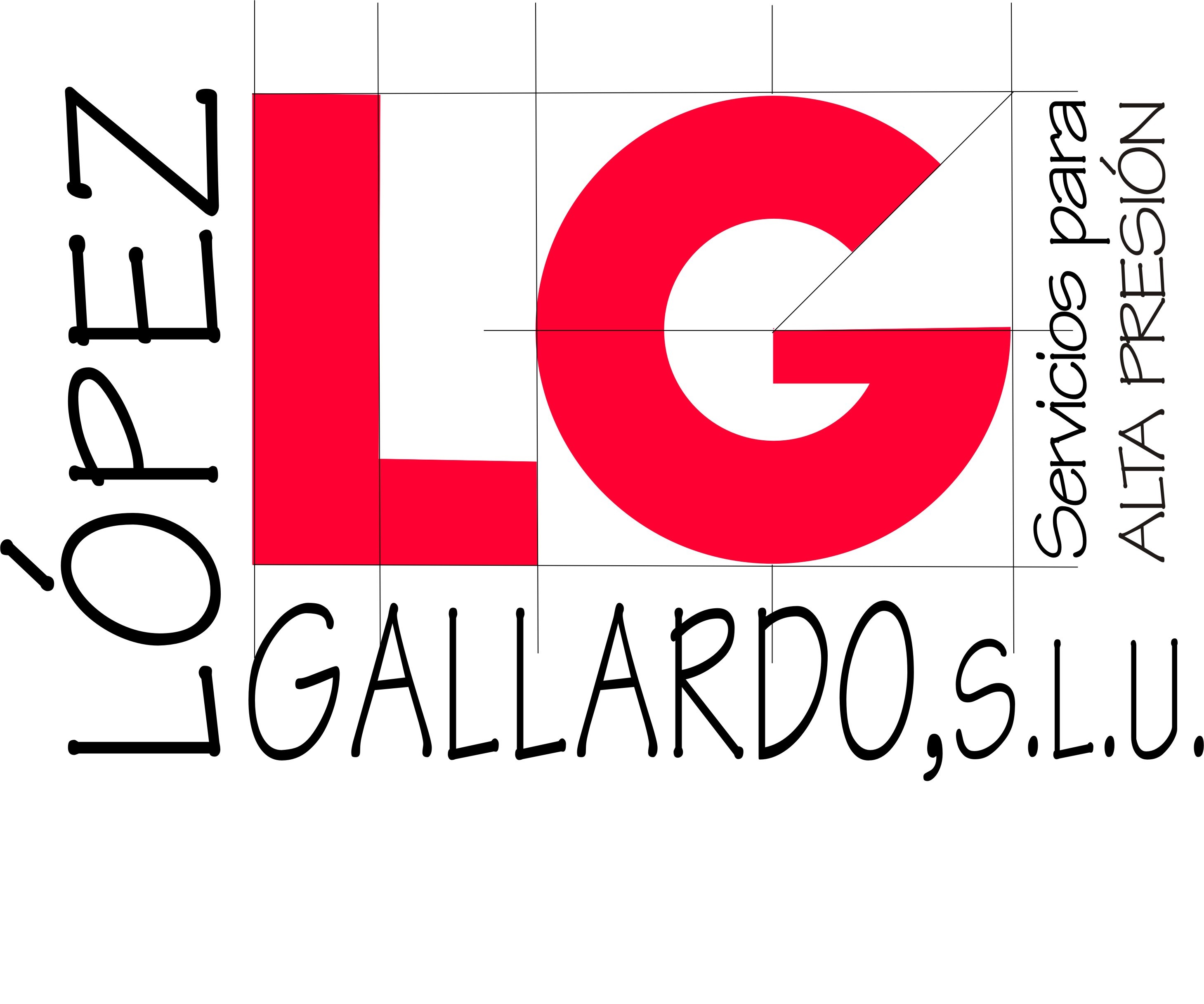Sin categoría
Advantages of a Proportionate Tax System
A proportional taxes system spots a greater economic burden in lower-income earners. This system requires everyone to pay the same percentage of their taxable profits, but the effects are amplified for those who start with less. For instance , a person earning $5 million a year may pay a 10% proportional tax price, resulting in $4. 5 mil in after-tax income. At the same time, a person earning thirty percent of that amount would have simply $27, 1000 in post-tax income.
Whilst it may not seem to be fair, proportionate http://proportionaltax.com/us-taxation-system taxation have many rewards. First, that they encourage higher income earners to do the job harder and earn more money. Secondly, the tax burden can be distributed evenly among people, meaning lower-income earners are likely to commit more within their businesses. Third, a proportional tax program encourages entrepreneurs to invest more cash and make more jobs. As a result, the economy in general will grow, and a proportional procedure will inspire more businesses to operate.
The largest advantage of a proportional tax system is that it is universal. Whenever someone gets $100, 1000 a year, they will pay $20, 1000 in taxation. They would still have $80, 000 to spend. On the other hand, if an individual earns $50, 000 12 months, they would spend an additional $4, 000 in taxes, when a person earning hundred buck, 000 would make 20 dollars, 000. In contrast, a person earning $20 per month may pay only $4, 000. It means that a person earning $10, 000 per week would shell out $26, 500 in income tax each and every year.

